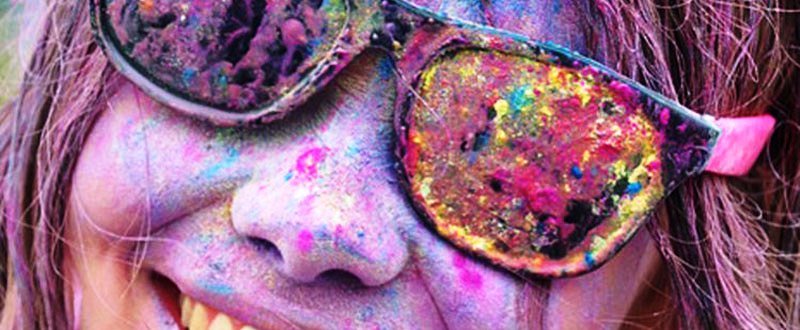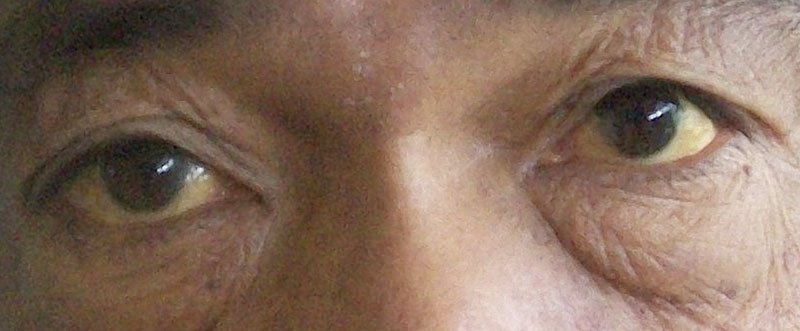Holi is perhaps the most vibrant festival of India, with the colors and music and celebration casting a magical aura on everyone, young or old. All the streets come alive with joie de vivre as the whole nation celebrates a bountiful harvest and the advent of spring. Sometimes, however, this revelry can be dampened by accidents, with inadvertent injuries that can mar the celebrations. The eyes, in particular, are extremely vulnerable because they are exposed to the elements and are a sensitive and vital organ.
Here is a list of don’ts to ensure that any ill happenings do not mar your festival, and you continue to enjoy the colors of life through all the years to come.
1. Do not force someone to join the festivities
Do not pull someone into the raucous celebrations, because any resistance and force can often result in inadvertent injuries. People who want to participate in the celebrations will be prepared with protective gear, including protective eyeglasses, which means the chances of injury will be less. This is especially true for the powder colors called abeer or gulal. If you use these colors on someone who is unprepared, he or she may inhale the toxic color, and the color may also enter their eyes, causing immense damage.
It is also fair to give someone adequate warning before drenching them with colored water because they will then be prepared for the onslaught, and can close their eyes or shield them with their hands.
2. Do not use toxic chemical colors
Most of the colors that are available in the market today contain hazardous chemicals like mercury, asbestos, silica, mica, and lead. They are industrial dyes, and alkalis, which are incredibly toxic to the human skin, and especially the eyes. Their use can cause symptoms like irritation, redness, allergies and even permanent loss of vision in case of severe chemical injury to the eye.
It is best to refrain from using these toxic chemicals and to resort to our traditional natural colors made from flowers and turmeric. These are fragrant, beautiful, gentle on the skin, and have medicinal properties also. More than anything else, these have always been an integral part of our rich cultural heritage of Holi celebrations, from the time of our forefathers.
3. Do not be foolhardy
Remember that the colors you are playing with, even the natural ones, can still cause considerable damage if they get into your eyes. So do not think you are invincible and don’t need to be careful. Always remember to protect your eyes with protective eyewear, either zero power glasses, or sunglasses. It is also prudent to tie your hair back to prevent colored water from dripping into your eyes and to use a scarf or hat to protect your eyes and face.
Also, when commuting during Holi, make sure your windows are rolled up so that you can withstand the onslaught of water filled balloons that are often hurled at commuters.
4. Do not wear your contact lenses
Contact lenses during Holi are a strict no. In case, if the color does get into the eye, it gets deposited in the contact lenses and can continue to get leached out over time, causing more significant chemical injury. Also, any color on the lenses can stain them forever, which means they will have to be discarded.
The inadvertent use of color stained fingers to wear or take off these lenses can also cause the same problem of chemical injury to the eye. Also, dirty fingers can transmit infections to the eye, which can potentially be sight threatening in people who wear contact lenses. Moreover, if you choose to wear your glasses, they will also provide a mechanical barrier, protecting your eyes from both the powder colors and the liquid ones.
5. Do not rub your eyes
Try and avoid touching your face and eyes during the Holi revelry, except to cover your eyes and nose while playing with gulal. Even then, it is advisable to cover the nose and the eyes with a clean handkerchief or scarf. This is because your hands may be dirty, and cause infections. Also, the color on your hands may be transmitted to your eyes, causing harm.
In case some color falls in your eye, this dictum becomes even truer, since the eyes become even more vulnerable to damage. Our first reaction is always to rub our eyes hoping that the irritation and itching will go away, but it is counterproductive.
Any particle in the eye, when rubbed, can lead to a corneal abrasion, or a scratch on the cornea, which is a painful condition. This can also predispose the eye to infections and even ulcers. In case of any mechanical trauma, like a cut on the eyeball, rubbing can increase the damage manifold.
It is better to blink a few times rapidly, and then to clean the eyes with drinking water whenever possible. We also must never splash water into the eye. It is best to use a gentle stream of water to irrigate the eye, to wash off the color before seeking medical help.
6. Do not self-medicate
In case of an eye injury, it is best to seek the help of an eye care professional. Most hospitals and clinics are geared towards taking care of eye injuries during Holi, and you will be attended to promptly.
All eye drops are not the same and sometimes using the wrong eye drops can cause more damage than good. In case of color falling in the eye, you can safely use lubricating eye drops to wash off the color. While using eye drops, it is critical to ensure that they are not past their expiry date, and that they have not been opened for more than a month.
Also, in India, chemists have a propensity to hand out steroid drops. You should be wary of using steroids in the eye because even though they provide immediate relief, they can cause severe long-term damage.
The festival of colors is a time of celebration and merrymaking with friends and family. It is critical to adhere to some necessary precautions that will ensure that the festival remains that way for all of the years to come. We hope that the bright colors of Holi always fill your heart and home with joy and happiness.






